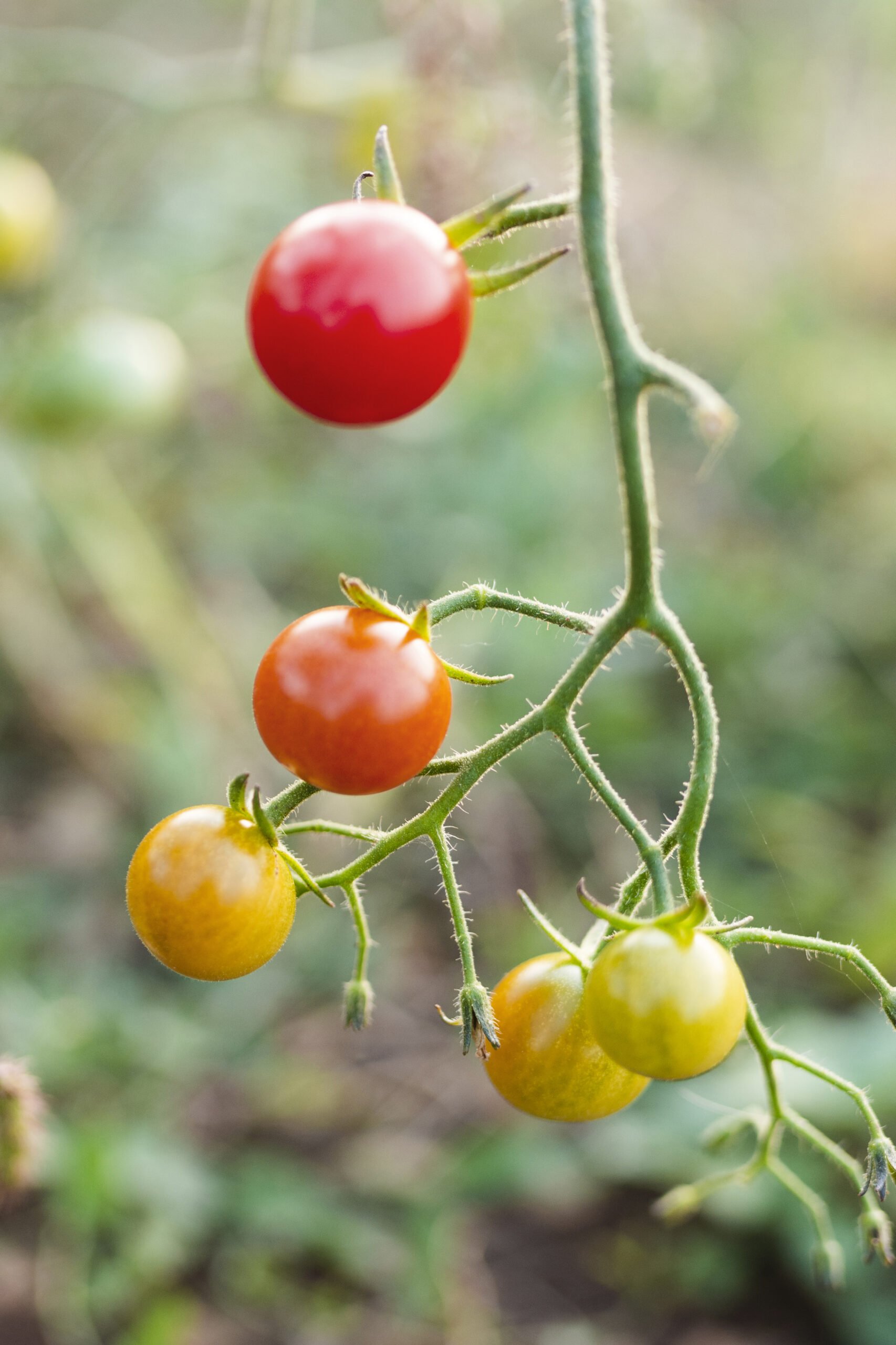
The perennial debate surrounding the tomato plant’s classification as a herb or shrub has intrigued botanists and gardening enthusiasts alike for centuries. The Tomato plant, scientifically known as Solanum lycopersicum, continues to mystify with its diverse characteristics. Let’s delve into the intricacies of this fascinating botanical specimen to unravel its true identity.
Table of Contents
Is The Tomato Plant A Herb Or Shrub?
A tomato plant is classified as a herbaceous plant. While it may have some shrub-like characteristics, it’s typically considered a herb because of its relatively soft stem, shorter lifespan, and the way it grows. It lacks the woody tissue that defines shrubs, which are generally larger, longer-lived, and have a more extensive, woody structure. Tomatoes are part of the Solanaceae family, and despite their size and appearance, they exhibit herbaceous qualities, making them fall under the herb category.
Understanding the Tomato Plant’s Nature

The tomato plant’s classification sparks controversy due to its unique growth patterns and utility. To decipher its essence accurately, we’ll explore its defining features and botanical traits that characterize both herbs and shrubs.
The Herbaceous Nature of the Tomato Plant
a. Growth Pattern
The tomato plant typically displays herb-like traits with a rapid growth cycle, often reaching heights between 3 to 10 feet. Its soft, non-woody stems and quick growth align with traditional herbaceous plants.
b. Lifecycle
Exhibiting annual growth patterns, the tomato plant completes its life cycle within a single year, a characteristic commonly associated with herbs.
c. Culinary Us
Favored for its edible fruits, the tomato plant’s primary value lies in its culinary applications, a trait prevalent among various herbs.
The Shrub-like Attributes of the Tomato Plant
a. Woody Stem Formation
In certain cultivars, the tomato plant’s stem can develop a slightly woody structure, blurring the distinction between herb and shrub classifications.
b. Longevity
While typically an annual plant, certain varieties exhibit perennial characteristics, surviving for multiple years, reminiscent of shrubs’ extended lifespans.
c. Bushy Growth
Some tomato plant variants exhibit bush-like growth patterns, further complicating its categorization between herb and shrub.
Unraveling the Taxonomical Debate
The debate regarding the tomato plant’s classification as a herb or a shrub persists, rooted in its diverse attributes and cultivation practices.
- Botanical Perspective:
- From a botanical standpoint, the tomato plant aligns more closely with herbaceous plants due to its non-woody stem and relatively shorter lifespan.
- Horticultural Practices:
- In the realm of horticulture, however, its growth patterns and cultivation methods might draw parallels to shrubs, leading to varied interpretations.
Conclusion
In conclusion, while the tomato plant boasts features reminiscent of both herbs and shrubs, its fundamental characteristics, such as the soft stem, shorter lifespan, and growth structure, place it firmly within the realm of herbaceous plants. However, the nuanced debate surrounding its classification serves as a testament to the intricacies of botanical taxonomy, highlighting the fascinating diversity within the plant kingdom.
Ultimately, the tomato plant’s identity as a herb or a shrub embodies the complexity and versatility inherent in nature, inviting continual exploration and contemplation within the fascinating world of botany.
